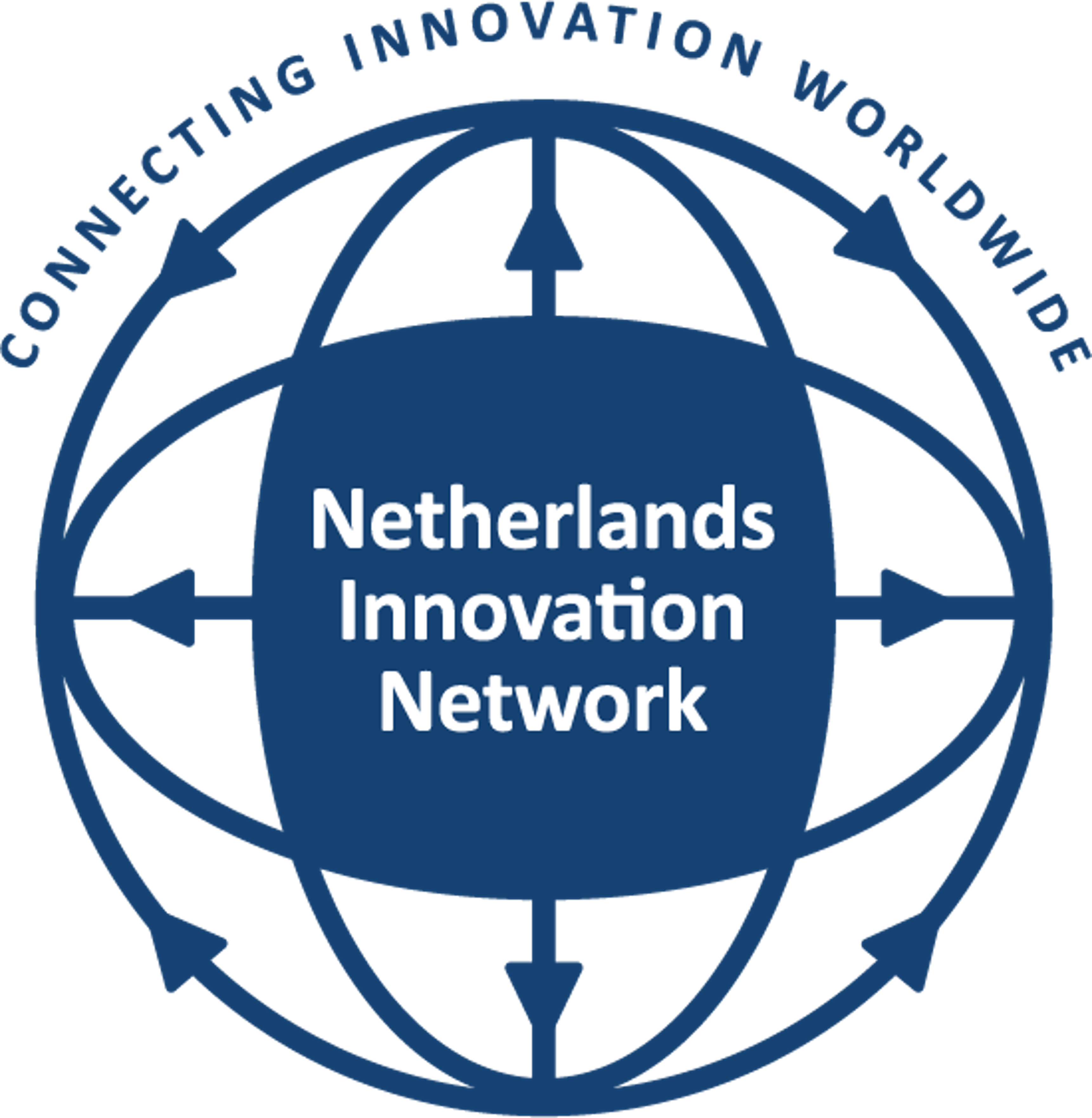The semiconductor industry is extremely important for both China and the Netherlands. China accounts for 56% of the global semiconductor sales market which totals 330 billion US$. In addition, in 2015 China was the only region in the world that showed growth year over year in semiconductor sales, namely +7.7% (see figure below).

There is another very strong indicator of the importance of the Chinese semiconductor industry; in September 2014, the central government set up the China Integrated Circuit Industry Investment Fund (CICIIF/Big Fund). This fund plans to invest more than 160 billion US$ into the Chinese semiconductor industry in the coming 10 years. The target is to reduce reliance on foreign suppliers and domestically produce 40 percent of all chips consumed by Chinese industry in 2020 and 70 percent in 2025 (currently around 30 percent).
These policies are part of China’s ‘Made in China 2025 Policy’ and align with the thirteenth Five Year Plan’s goals to become stronger in high tech and R&D. This policy of support for the domestic semiconductor industry gives particular attention to IC design and production. In the complex area of high-end semiconductor equipment where a high level of knowledge and skills are necessary for development, it will be more challenging and probably take longer to close the technology gap with global leaders. Therefore, the Chinese semiconductor industry provides huge potential for Dutch semiconductor companies.
Dutch semiconductor equipment industry
Although the Netherlands is not a big market for semiconductor sales, the semiconductor industry is very important in the Netherlands. For example, Dutch companies are very strong in semiconductor equipment manufacturing. The global market for semiconductor equipment sales is more than 30 billion US$ and about 20% of all equipment is delivered from the Netherlands, mostly to Asia.
Of course, these numbers are heavily impacted by ASML being the dominant player in lithography equipment with a global market share of more than 80%. But also in other areas, especially at the high-end side like high-resolution imaging and atomic layer deposition, Dutch industry plays a very significant role. Some other Dutch companies active in the semiconductor equipment sector are ASM International, BESI, Boschman Technologies, Bronkhorst High Tech, Jiaco Instruments, Mapper Lithography, NTS Group and Sempro.
The semiconductor equipment sector is by far the largest private R&D investor in the Netherlands with total investments exceeding € 1 billion annually, more than one sixth of total private R&D investments in the Netherlands. In addition, many universities and institutes are doing research related to semiconductor equipment. The long-lasting collaboration between industrial laboratories, research institutes and academia, together creating a large informal network, allows the effective utilization of resources and results in joint product development, roadmaps and ecosystems.
Collaboration between Chinese and Dutch semiconductor companies.
Considering the importance of the semiconductor industry for both China and the Netherlands, the current investment climate, and the excellent capabilities of Dutch semiconductor companies, there is a huge potential for Sino-Dutch collaboration.
During the week of Semicon China, an exposition offering the latest in technology and innovation in the electronics industry with more than 50,000 attendees, the Holland Innovation Network at the Consulate-General in Shanghai organized a seminar to stimulate Sino-Dutch collaboration in the semiconductor industry. The seminar was attended by more than 30 participants including from Boschman, Bronkhorst High Tech, Jiaco Instruments, NTS Group and Sempro, and from more than 20 Chinese companies and organizations.
After an introduction by Taake Manning, Counsellor for Innovation, Technology and Science at the Dutch embassy in Beijing, Barry Peet, managing director of Business Cluster Semiconductors Netherlands (BCS) and Holland High Tech China Center’s (HHTCC) general manager Ronnie Li, provided an overview of the semiconductor industry, potential areas for collaboration and HHTCC’s existing facilities and infrastructure in China to assist in this kind of cooperation. Professor Yang of Guilin University of Electronic Technology shared the current state of affairs of the Chinese semiconductor industry and its key players and Philipp Barth of the EU Delegation to China shared information about the EU China research and innovation co-funding mechanism, which can be used to get funding for collaboration projects.
After these presentations, Consul-General Anneke Adema kick-started an informal discussion about opportunities for collaboration and there was plenty of time for networking and getting to know each other better. Many of the Dutch companies arranged follow-up meetings with interested Chinese parties to discuss the potential for collaboration and new business opportunities.
Exploring new opportunities and intensifying collaboration
To intensify cooperation between Dutch and Chinese semiconductor industry Business Cluster Semiconductors Netherlands and Suzhou IC Industry Association signed a Memorandum of Understanding (MoU) at the Semicon China exhibition. With the MoU both parties agree to strengthen the international scope of their members’ portfolios and support and facilitate collaboration between their members. The MoU was signed at the Holland High Tech booth at the Semicon China exposition where many Dutch semiconductor companies were among the exhibitors.
The day after Semicon China, Holland Innovation Network arranged two company visits for the Dutch companies that attended the seminar on Monday and the Semicon China exposition. At their Shanghai facility NTS Group explained how they successfully operate in China as a Dutch company providing assembly and testing of high-tech mechatronic modules. Advanced Micro-Fabrication Equipment Inc. (AMEC), a manufacturer of etch equipment, gave us an introduction about their company, their product and technology offerings and plans for the future. Based on the meeting and discussion with relevant counterparts, two Dutch companies made follow up meetings with AMEC.
